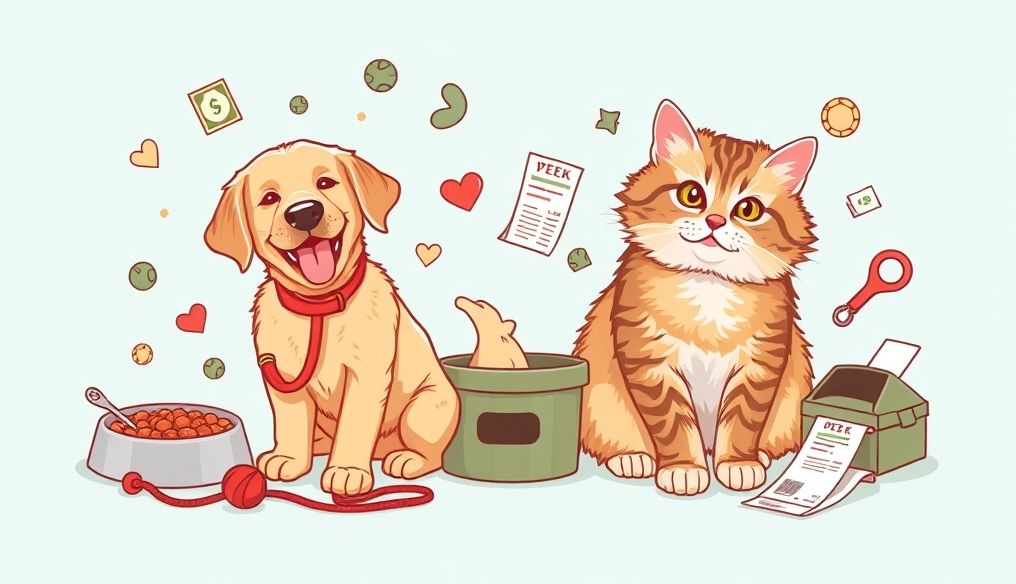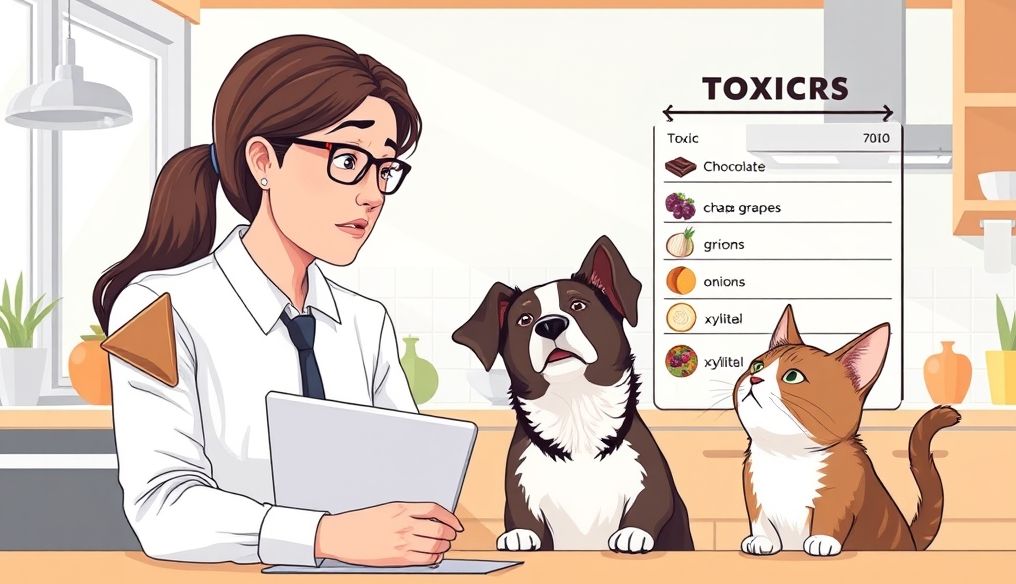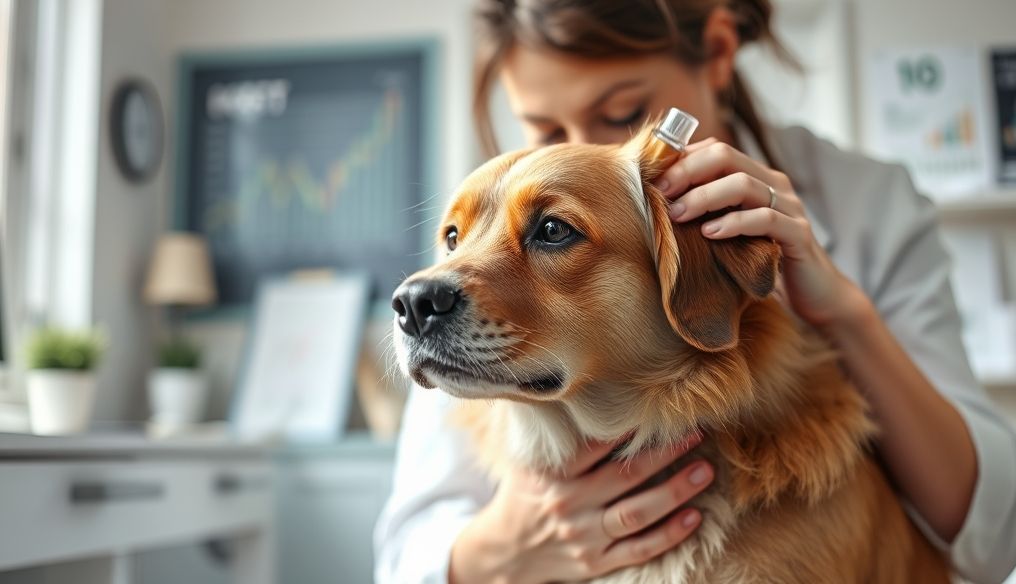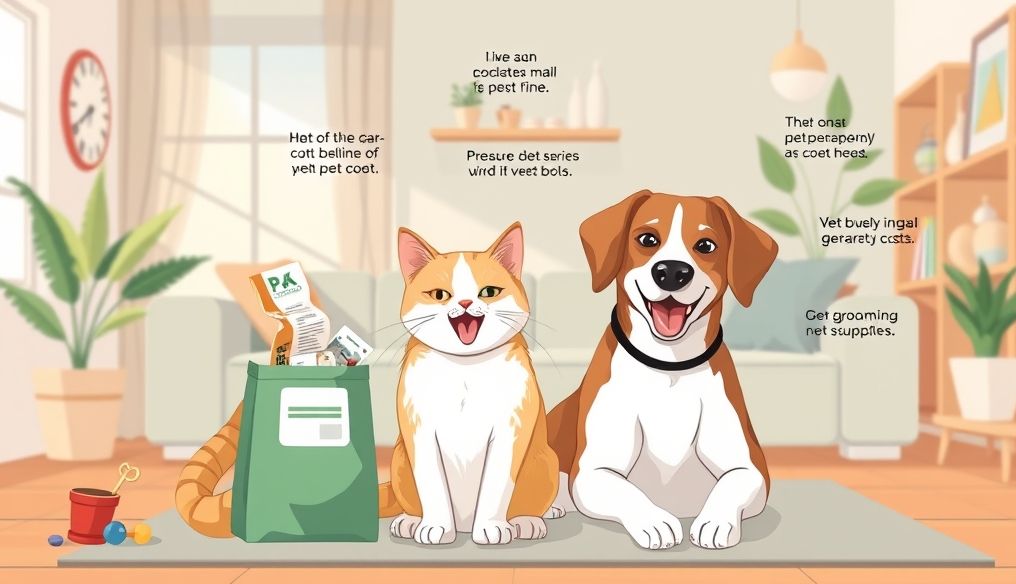What Are the Real Costs of Owning a Cat or Dog and How Can You Plan for Them Wisely?
Owning a pet, whether a cat or a dog, is a decision that brings joy and companionship, but it also comes with significant financial responsibility. Before you adopt a pet, it's important to understand the costs associated with it and plan your budget accordingly. These costs go beyond just buying food, and include healthcare, training, supplies, and much more.
1. Initial Costs: The Beginning of the Journey
Initial costs are the expenses you will incur at the beginning of your journey with your new pet. These costs can vary greatly depending on whether you adopt an animal from a shelter or buy it from a breeder, as well as other factors.
1.1. Adoption or Purchase Fees
- Adoption from a shelter: Adoption fees are usually much lower than buying an animal from a breeder. These fees often cover initial vaccinations and spaying/neutering.
- Buying from a breeder: These costs can be very high, especially if you are looking for a specific breed or a pet with certifications.
1.2. Initial Vaccinations and Veterinary Checkups
It is essential to take your new pet to the veterinarian for a thorough examination and to receive the necessary vaccinations. These vaccinations protect your pet from serious diseases and ensure their long-term health.
1.3. Spaying or Neutering
Spaying or neutering not only prevents unwanted pregnancies but can also reduce the risk of certain diseases, such as breast cancer and uterine cancer in females, and prostate cancer in males.
1.4. Basic Supplies
You will need to purchase some basic supplies before bringing your pet home, such as:
- Food and water bowls: Choose bowls made of safe and easy-to-clean materials.
- A comfortable bed: The bed should be comfortable and provide support for your pet.
- Litter box (for cats): Choose a litter box of appropriate size and place it in a quiet place.
- Collar or harness and leash (for dogs): Choose a collar or harness that fits your pet's size and make sure it is comfortable and safe.
- Toys: Toys are essential to stimulate your pet mentally and physically.
2. Recurring Costs: Monthly and Annual Expenses
Recurring costs are the expenses you will incur regularly throughout your pet's life. These costs can add up quickly, so it's important to be aware of them and plan for them.
2.1. Food
The cost of food depends on the size and type of your pet, as well as the quality of the food you choose. Look for high-quality food that meets your pet's nutritional needs.
2.2. Routine Healthcare
Routine healthcare includes annual veterinary checkups, vaccinations, and parasite prevention (such as fleas, ticks, and heartworms). It is important to adhere to the healthcare schedule recommended by the veterinarian.
2.3. Litter Box (for cats)
You will need to buy new litter regularly. Choose a good type that absorbs odors and keeps the box clean.
2.4. Personal Care
Personal care includes bathing, grooming, nail trimming, and teeth cleaning. You may be able to do some of these tasks yourself, but you may need to hire the services of a professional pet groomer.
2.5. Toys and Entertainment
Pets need toys and entertainment to stay active and happy. Buy new toys regularly and make sure to provide plenty of playtime and interaction.
2.6. Pet Insurance
Pet insurance can help cover the costs of unexpected healthcare, such as accidents and illnesses. This can be especially helpful if you have a pet at risk of developing certain health problems.
3. Unexpected Costs: Be Prepared for Surprises
In addition to the initial and recurring costs, there are also some unexpected costs that you should be prepared for. These costs may include:
3.1. Veterinary Emergencies
Veterinary emergencies can happen at any time and can be very expensive. It is important to have a financial plan for emergencies, such as a dedicated savings account or pet insurance.
3.2. Property Damage
Your pet may cause damage to your property, such as scratching furniture or chewing shoes. Consider these potential costs when planning your budget.
3.3. Behavioral Training
Your pet may need behavioral training if they are experiencing behavioral problems, such as excessive barking or biting. Behavioral training can be costly, but it can greatly improve your pet's behavior and quality of life.
4. Tips for Saving Money on Pet Costs
There are many ways to save money on pet costs without compromising your pet's health and happiness. Here are some tips:
- Adopt an animal from a shelter: Adoption fees are usually much lower than buying an animal from a breeder.
- Look for deals on food and supplies: Compare prices between different stores and look for deals and discounts.
- Make your own toys: You can make simple and fun toys for your pet using household materials.
- Take care of your pet's health: Routine healthcare can help prevent costly health problems in the future.
- Consider pet insurance: Pet insurance can help cover the costs of unexpected healthcare.
5. Conclusion: Financial Planning for Your Loyal Companion
Owning a pet is a significant financial commitment, but the rewards you get from companionship and unconditional love are worth it. By planning your budget carefully and looking for ways to save money, you can ensure that you are able to provide the care your pet needs without breaking your budget.
Disclaimer: This article is for informational purposes only and should not be considered financial or veterinary medical advice. Always consult your veterinarian or financial advisor before making any decisions regarding your pet's care or budget.




